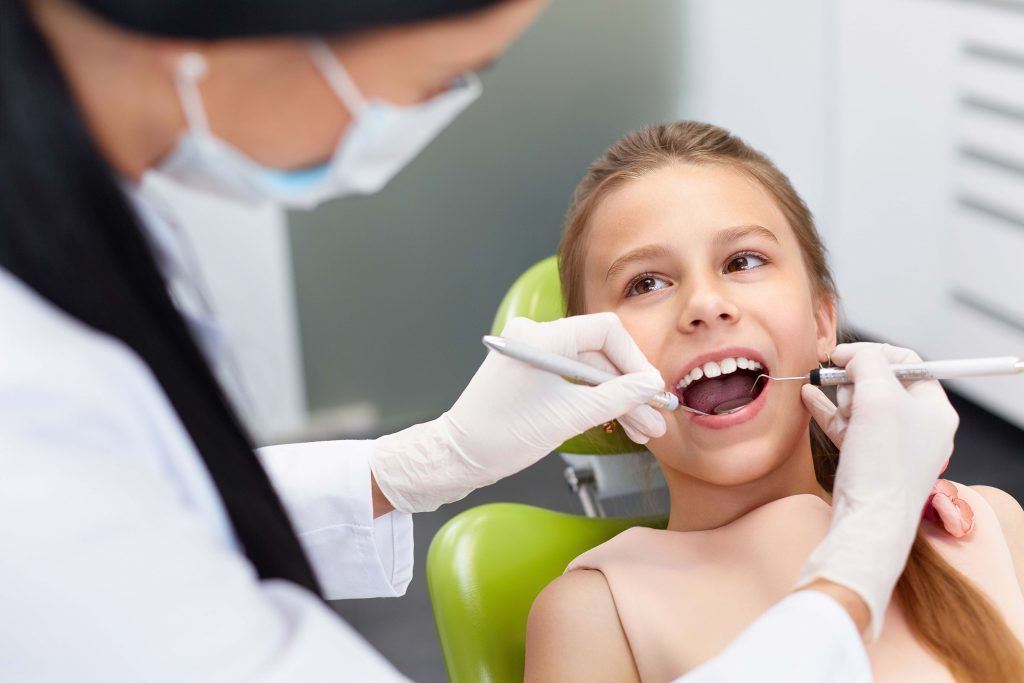 Professor Chris Deery explains how to help improve the oral health of your paediatric patients.
Professor Chris Deery explains how to help improve the oral health of your paediatric patients.
Since the 1970s, the prevalence of dental caries has significantly declined, primarily due to the use of fluoride toothpaste. Nevertheless, according to the NHS Digital website there are still ‘obvious’ levels of decay in 31% of five-year-olds, 34% of 12-year-olds and 46% of 15-year-olds.
It therefore comes as no surprise that hygienists and dentists feel most anxious about the oral health of their paediatric patients, while teenagers have also been noted as a key group of concern. So, what steps can be taken to drive change in the behaviours of adolescents and help improve their oral health?
Changes to improve oral health
Firstly, it is key to understand the true burden of oral disease in this group. In the UK, 14% of five-year-olds experienced toothache in the last six months, while 5% suffered from frank dental sepsisii. The immediate impact involves problems associated with tooth brushing or the consumption of food. However, the broader impacts extend to loss of sleep, time off school and interference with social activitiesii.
Moreover, the burden is elevated in areas with low socioeconomic status. A recent study illustrated that a quarter of 15-year-olds who were eligible for free school meals had severe or extensive tooth decay, compared to the 12% who were not eligible. It is in such contexts that sugarfree gum (SFG) offers a practical and inexpensive way for young patients to supplement their oral health care regimens. The economic benefits of SFG have also been illustrated at the societal level by a recent systematic review, which estimated that £1.2 to £3.3million per year could be saved if 12-year-olds chew SFG twice a day (Claxton, Taylor and Kay, 2016).
Attitudes
Secondly, to reduce the level of dental diseases, it is essential to understand young people’s attitudes towards oral health. Research shows six to seven and 11 to 12-year-olds primarily associate tooth brushing with cosmetic benefits (Gill et al, 2011). As such, it is important that dental professionals stress the cosmetic benefits when safeguarding the health of young people.
Although this may be a disappointing approach given the abundance of available dental health information, the importance of cosmetic benefits, such as a happy smile, should not be overlooked. A study by the University of Cambridge showed that when in the presence of a smiling child, adults also smile 13% more frequently than when in the presence of other adults or alone.
Behaviour
Lastly, to achieve a long-lasting effect on young people’s oral health, it is essential to drive a change in their behaviour. This can be done by following health behaviour models, including motivational interviewing[vi]. In practice, this means remaining practical, positive and personal. This is more likely to have a sustained impact, particularly for families from lower socio-economic backgrounds who find it more difficult to change their behaviour.
These methods combined with an understanding of current dental attitudes can help safeguard the oral health of young people.
References
Claxton L, Taylor M and Kay E (2016) Oral health promotion: the economic benefits to the NHS of increased use of sugarfree gum in the UK. Br Dent J 220: 121-7
Gill P, Stewart K, Chetcuti D and Chestnutt IG (2011) Children’s understanding of and motivations for toothbrushing: a qualitative study. Int J Dent Hyg 9: 79-86


